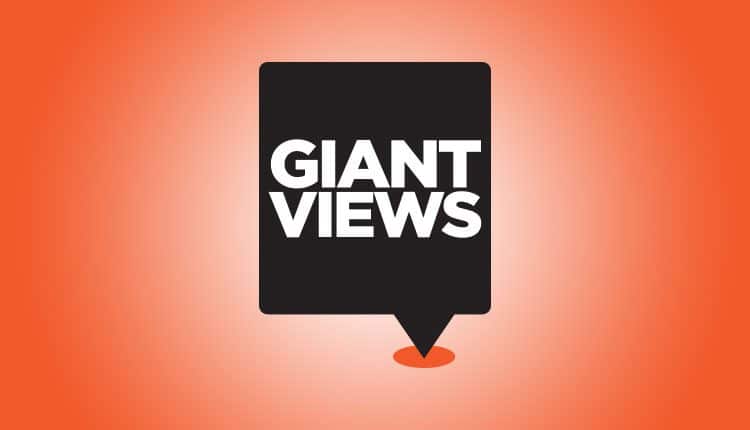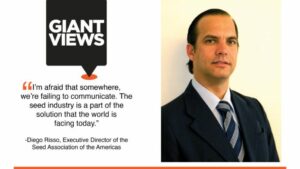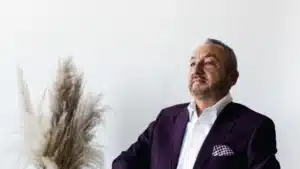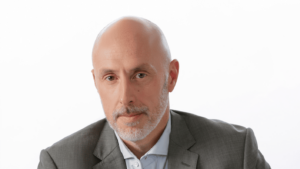What keeps Diego Risso up at night? The fact that the seed industry has a fantastic story to tell but hasn’t been able to do it at a broad level — especially to consumers.
“I know that the seed industry has a very, very good story to tell,” Risso, executive director of the Seed Association of the Americas (SAA), says. “What we do for the world and its population is amazing and rewarding. But I’m afraid that somewhere, somehow, we’re failing to communicate. The seed industry is part of the solution to the main problems the world is facing today.
“So, my question is: why haven’t we been able to tell our story?” Risso asks. “We base our stories on science, proven principles and facts so, what are we lacking in our communications?”
In other words, why do people see the seed industry deliverables with so many doubts and prejudices?
Creating a Unified Voice
One way to tackle this problem, according to Risso, is by creating a unified voice across the Americas and their seed industries by aligning messages and providing assertive information. Fortunately, that’s in his job description.
“I ask myself how to represent this industry in the Americas with a unified voice and provide our members with the right platform in order to analyze and find solutions to current complex situations and challenges in the seed industry across the region,” Risso says. “That’s really essential in leading SAA.”
As a way to promote and facilitate seed business and smooth trade within the Americas and globally, it’s vital working in the harmonization and simplification of regulations. A common approach to these matters is essential.
“Seed movement is one of the challenges that most seed companies struggle with,” Risso says. “There are also a lot of challenges in the region with the implementation of UPOV 91, since there are many countries under UPOV 78 Act, while few others have already moved to UPOV 91. There has been some progress on this matter, but it’s extremely slow considering the benefits that could bring to farmers, breeders, governments and other stakeholders.”
To find solutions to these problems, SAA works closely with official organizations of regional and international scope such as:
- Food and Agriculture Organization
- Inter-American Institute for Cooperation on Agriculture
- Plant Health Committee
- North American Plant Protection Organization
- International Union for the Protection of New Varieties of Plants
- International Seed Testing Association
- Organisation for Economic Co-operation and Development
SAA also works with other seed associations such as the International Seed Federation, Euroseeds, the Asia & Pacific Seed Association and the African Seed Trade Association. In addition, SAA coordinates activities through its members at national level when required.
SAA has four primary working groups on four critical topics: intellectual property, phytosanitary, seed treatments, and biotechnology & plant breeding innovation. These groups are being led by senior experts bringing knowledge, expertise and management to assure successful results.
“We’re really working to keep our members engaged within these groups,” Risso says. “That way, they can feel part of the association and see its benefits.”
Risso says SAA will continue working closely with policymakers and regulatory officials towards harmonized policies and science-based regulations that guarantee the smooth and safe movement of seeds across the Americas.
Make sure to check out the rest of his Giant Views interview, where he dives more in-depth into the implementation of UPOV 91 in all SAA member countries:













